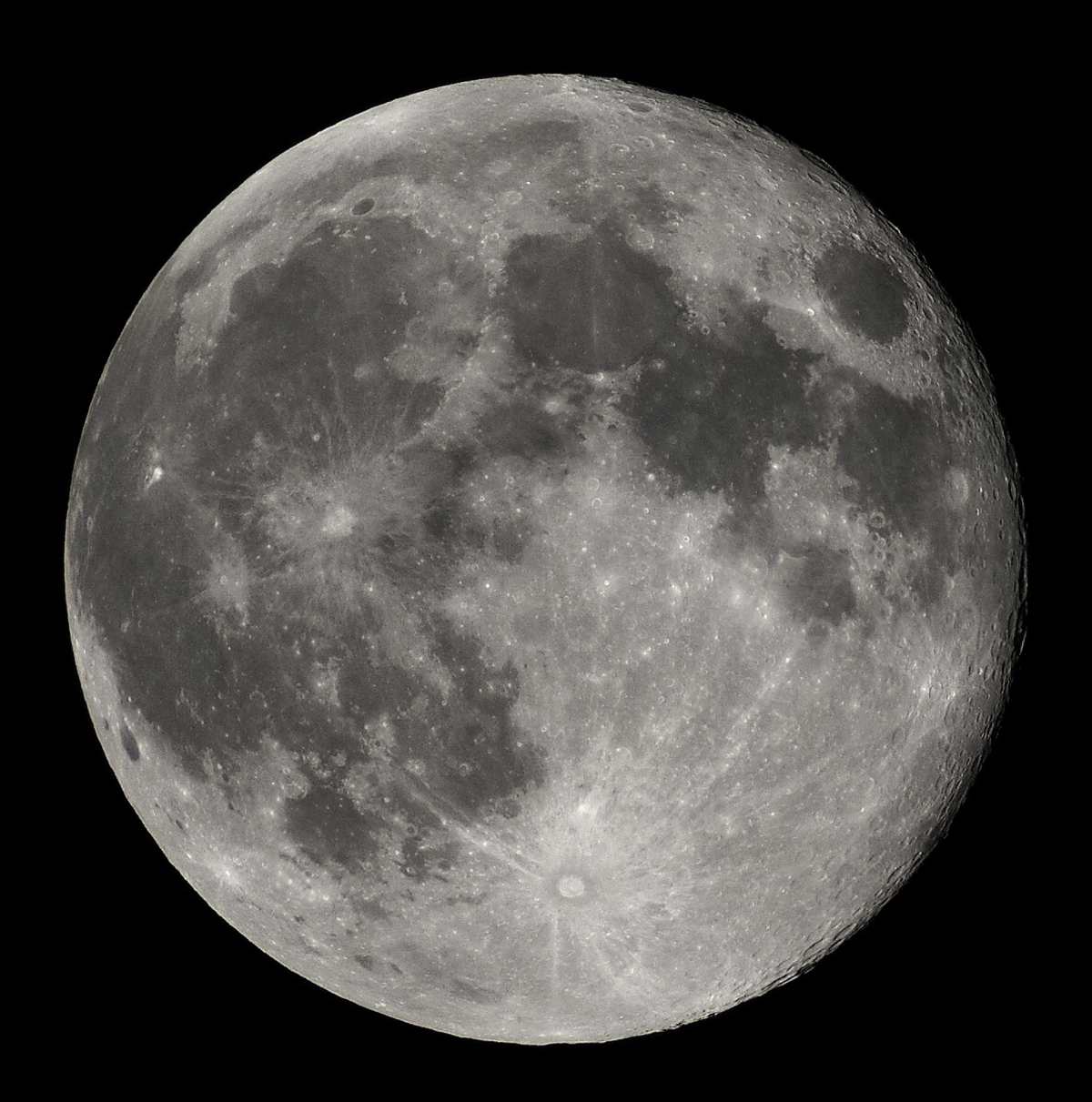Chinese Scientists Discover a Tiny Glass Bead From the Moon, Holds Clues to Its Hidden Interior and Violent Past

The Moon is Earth's constant companion, but it seems like there is much more to be known about this natural satellite than previously believed. China's Chang'e-5 lunar mission brought back a sample from the moon, which revealed important insights about lunar layers that have remained inaccessible to date, stated Space. Findings regarding this sample were explained in a study published in Science Advances.

The sample in question is a glass bead, which came along with a 3.7-pound (1.7-kilogram) cache of rock and soil collected from the moon. This bead is tiny, measuring just a fraction of an inch wide. The cache was gathered back in 2020, from a site called Oceanus Procellarum, or the "Ocean of Storms" on the moon. The area is a massive lava plain situated on the moon's near side.
Researchers noted that the glass bead had a green hue above it, according to Phys.org. The bead stood apart from other lunar glass beads because of its chemical composition. On examination, it was found to exhibit a high level of magnesium. In other cases, the composition indicated that lunar glass beads were formed due to surface-level clashes that melt lunar rocks. However, a high level of magnesium in this case implies that the glass bead originated from a deeper region beneath the moon's surface.
The finding was valuable as no researcher has ever managed to get a sample from the moon's mantle. Hence, if the assertion turns out to be true, then the glass bead gives a glimpse of the moon's still-hidden interior. As far as the fact that the bead was collected from the moon's surface is concerned, scientists speculate that, for some reason, it got pushed up to the surface from the mantle. Researchers believe that the Imbrium Basin formation could be an event that caused the bead to come to the surface.
The basin was formed around three billion years ago, as per previous examinations. The assertion is backed by the fact that the minerals present around the basin's edge have the same kind of chemistry as found in this glass bead.
Scientists explained that the basin was possibly formed due to a massive impact, which caused a deep hole, according to Space. The clash was supposedly so strong that it managed to excavate material from the Moon's upper mantle. The material got spread out all across the surface, including the place that was sampled by the Chang'e-5 lunar mission. Thereafter, experts believe another small clash happened, which melted the mantle debris. The second clash possibly happened 68 million years ago because analysis has revealed evidence of volcanic activity that happened in that period. The heat in the process led to the turning of certain debris into glass, one of which was examined in this study.
The theory, if true, showcases that an intense impact can excavate material from the lunar mantle. A possibility that was unknown before the examination. Experts believe that more unknown information about the moon could soon be in the grasp of humans, due to the material brought by the mission. The samples have been distributed to experts from the U.S., France, Germany, Japan, and Pakistan, along with China.
Researchers believe that samples like the glass bead would help experts to compare the Moon's inner makeup with other planets, stated Phys.org. This information could help organizations in the future to organize their lunar missions, aiming to explore the moon's geology.